The content of the article
Asia Minor is considered the birthplace of barberry, so the shrub loves warmth, and takes root well in the Caucasian regions and the Crimea. The plant is afraid of severe frosts, and residents of areas with a harsh climate have to more carefully take care of them, properly preparing for the winter.
Landing methods
Barberry can be brought to your site in the form of a grain, cutting or seedling with a formed root system. You need to choose a good location, soil type, and landing time.
Key recommendations
- Shrubs do not tolerate stagnant water, so it is best to grow barberries on the tops of the slopes or small elevations.
- The plant gives a rich harvest, if constantly bathing in the sun.
- To develop the root system, the bushes are advised to be placed in the semi-shaded corners of the yard.
- Barberry can be used to decorate the site or the formation of a hedge.In the latter case, the indents between the seedlings should be equal to 1.5 m, so that they do not prevent the neighbors from developing.
- The plant survives on loamy soil and black soil. Ideal land is moderately wet and loose, although the barberry is not afraid of drought, and normally tolerates windy weather.
- Shrubs planted in clay soil, quickly wither, and they do not help even fertilizer.
- To summer residents who only get acquainted with this plant, it is recommended to buy cuttings or young saplings. It is difficult to grow a barberry from a seed, and experienced breeders are keen on this method of propagation.
- Seedlings sold in the markets with an open root system, placed in the ground either in the last days of leaf fall, or in early March - April, before the buds bud. In the first case, the barberry adapts faster and takes root better. In the second begins to grow actively.
- Plants with the root system, hidden in containers, can be planted in the ground in late spring and early autumn.
From seed to bush
You can prepare your own planting material in the following way:
- Collect ripe barberry fruits.
- Squeeze the juice from the berries.
- The remains of the peel and the pulp rub through a fine sieve to separate the seeds from them.
- Rinse the billet, pour on a baking sheet, sent by the paper.
- Dry in the oven at the minimum temperature, or put in a ventilated room.
It is recommended to plant the barberry in the ground in the fall, so that by the summer young shoots will appear. Make one or more grooves with a depth of 1–1.5 cm, evenly distribute seeds over them, and sprinkle with earth, slightly tamping it down.
If planting material was obtained from fruits ripened in the fall, it is ground with sand, put into a box, and put in a cool place. The optimum temperature is from 0 to + 6–15. Closer to the spring, when the bones hatch, you need to make a groove 3 cm deep, and transfer the seeds along with the sand into the ground.
Threaded seedlings after the appearance of the second true leaf of the barberry. The distance between saplings is at least 3 cm. A year later, grown and mature bushes can be moved to any corner of the site, as long as there is at least 1–1.5 m between adjacent plants.
Cuttings
The method is suitable for owners of greenhouses or office heated premises. The basis for the workpiece will be a side branch.It is necessary to propagate barberry by cutting method in June.
- Cut the young thin branches no longer than 15 cm. Remove the bottom leaves, the base, which will be in the ground, process with drugs that stimulate the growth of the root system.
- Large pots filled with a mixture of peat with sand or perlite. Moisten the soil, and bury the cuttings on the leaves. Place in a greenhouse, and cover the workpiece with a film to create a greenhouse effect. Be sure to air every 6–12 hours. Earth regularly loosened and moistened with a spray gun or a small watering can.
- The cuttings, which have taken root, and strengthened, are carefully removed from the pots together with the clods of earth, and transferred to large containers.
- To moisten the land in the new house and fertilize it with any mineral components, for example, saltpeter or ammonia.
Plants can be transferred to the open ground next spring. They should spend the winter in the greenhouse.
Layering
One of the most simple breeding options for barberry. The best time is spring.
- Weed the ground around the bush, clearing the area of weeds.
- Make a ditch with a depth of at least 20 cm, moisten the soil.
- Choose the strongest one-year branch with developed buds.
- Lay escape into a ditch, and cover black soil, leaving the top of the surface.
- Regularly make water in small portions, it is possible with fertilizers.
- After 2–5 weeks, strong seedlings appear around which it is necessary to loosen the soil, and destroy all the weeds.
In the autumn you can transfer young bushes to a permanent place of residence.
Division
This method is not particularly popular, because only experienced gardeners can propagate the barberry by division without damaging its root system. Plants often do not survive, and disappear.
- To dig up a healthy maternal bush, and to clear roots from the earth.
- Divide the barberry into several parts so that in each “piece” there remains a strong escape.
- The place is prepared in advance, because the bushes are planted immediately after digging and dividing.
- Saplings are watered regularly, if necessary, fed with growth-stimulating substances.
Soil preparation
The optimum acidity of the soil for the barberry from 7.5 pH and below. If the figures exceed this figure, you need to make hydrated lime, you can immediately before planting bushes. Peat is added to loamy soil and to black soil, which provides good drainage.The alternative is limestone flour.
Pit diameter:
- For young saplings who are not 3 years old, 25 cm is enough, and the same depth;
- Barberry, which is from 4 to 7 years old, requires a large fossa. The optimum diameter and depth - from 50 cm;
- Bushes, which will become a hedge, are planted in a trench. The furrow depth is 40 cm, width is from 40 to 50 cm.
Useful supplements
Pits are prepared in advance, it is possible one day before the landing of the barberry. They need to make fertilizer consisting of humus with sand, you can take loose garden soil with compost. Sometimes wood ash is added, which not only nourishes the plant, but also protects against some pests and fungi. Superphosphate with potassium salt promotes the growth of barberry.
The plant during the period of drought requires abundant watering. To keep moisture in the ground longer, the bushes mulch with sawdust or peat, you can use straw or other options. Layer thickness is about 8 cm.
Care rules
- Barberry, which is 2 years old, needs to be fed with nitrogen fertilizers. Suitable urea: from 20 to 30 g per 10 liters of water. The next time to make the nutrients should be when the plant knocks 5 or 6 years.
- Adult shrubs need to feed before flowering.Recommend granular funds, you can use "Kemiru Universal".
- Before fertilizing, the ground is loosened, the weeds are pulled out and the grass is too high.
- If the summer was rainy, the barberry does not need additional watering. The plant tolerates drought, but dies from excess water.
- Shrubs are regularly cleaned from dry branches that inhibit growth, and reduce the fertility of the barberry. The best time for hygienic procedures is spring.
- To form a hedge, it is recommended to cut the branches after flowering. For the first time pruned annual or biennial shrubs. Branches can be shortened by a third or half, depending on the shape required.
- Instead of chemicals, the plant is fertilized with bird droppings or cow dung diluted in water.
- To the barberry does not die from sub-zero temperatures, in the late autumn it is covered with spruce leaves. You can pour a layer of opal leaves under the bush, or peat with straw.
- During the period of severe drought, the plant is watered 2–4 times a week. On one bush to spend from 10 l of water.
Pests and how to deal with them
The barberry will become an ornament of a garden, will protect from excessive attention of curious neighbors and passersby. The roots of the plant are used in alternative and traditional medicine, and from the fruit is obtained a delicious jam or jam, healthy compote, and even kvass. Shrubs get along well with other ornamental species, and only need timely watering and pruning.
Video: autumn shrubs for the garden - barberry

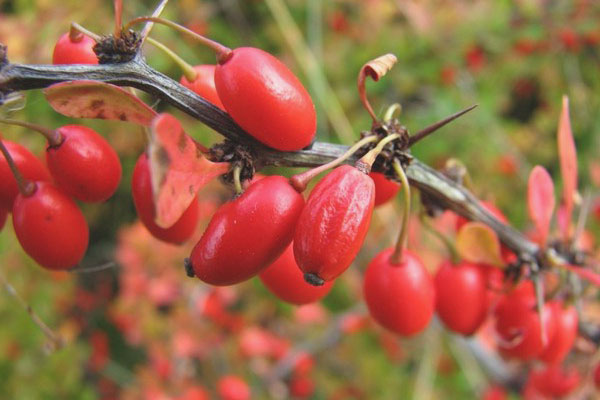
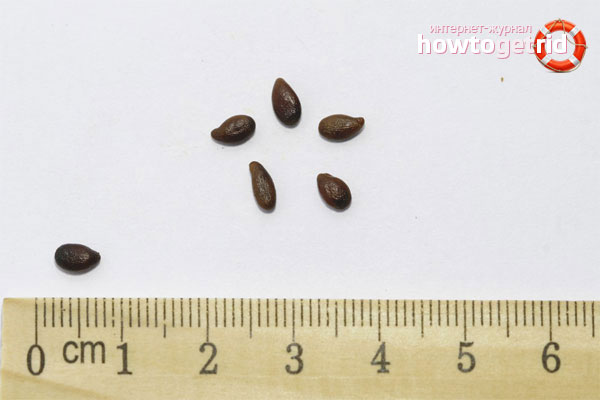
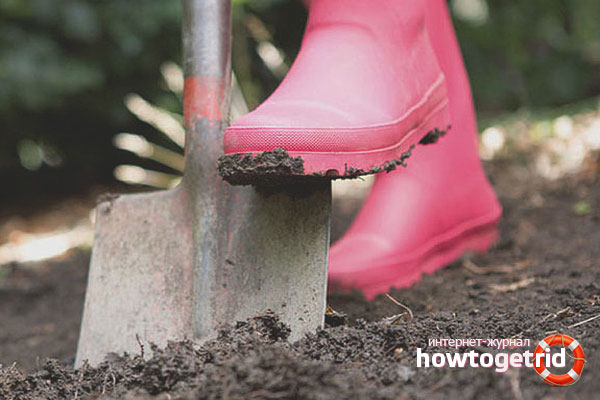
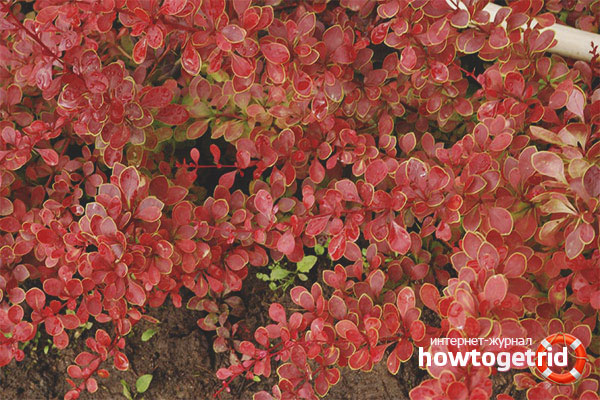

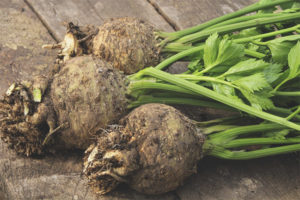
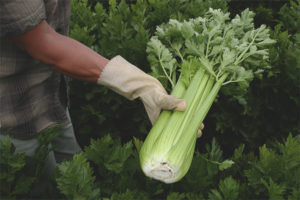

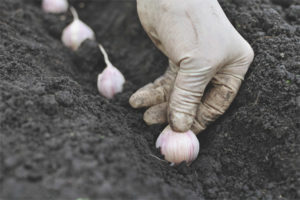
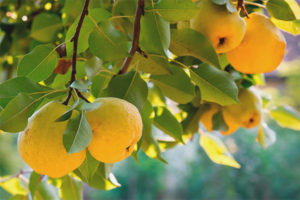
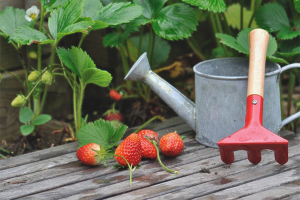

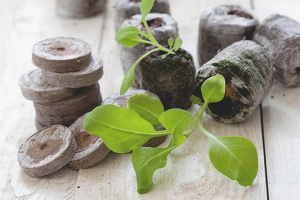
To send